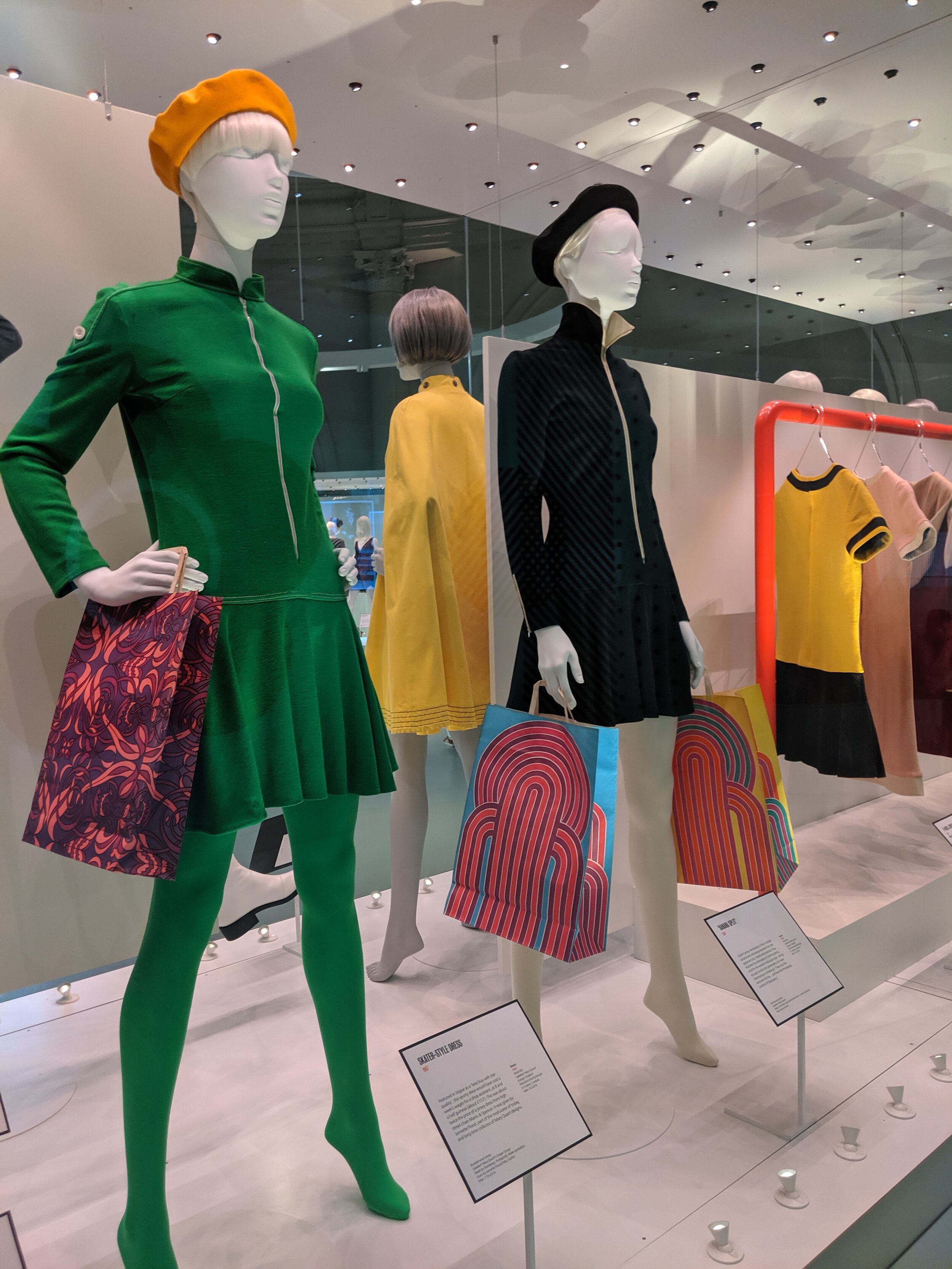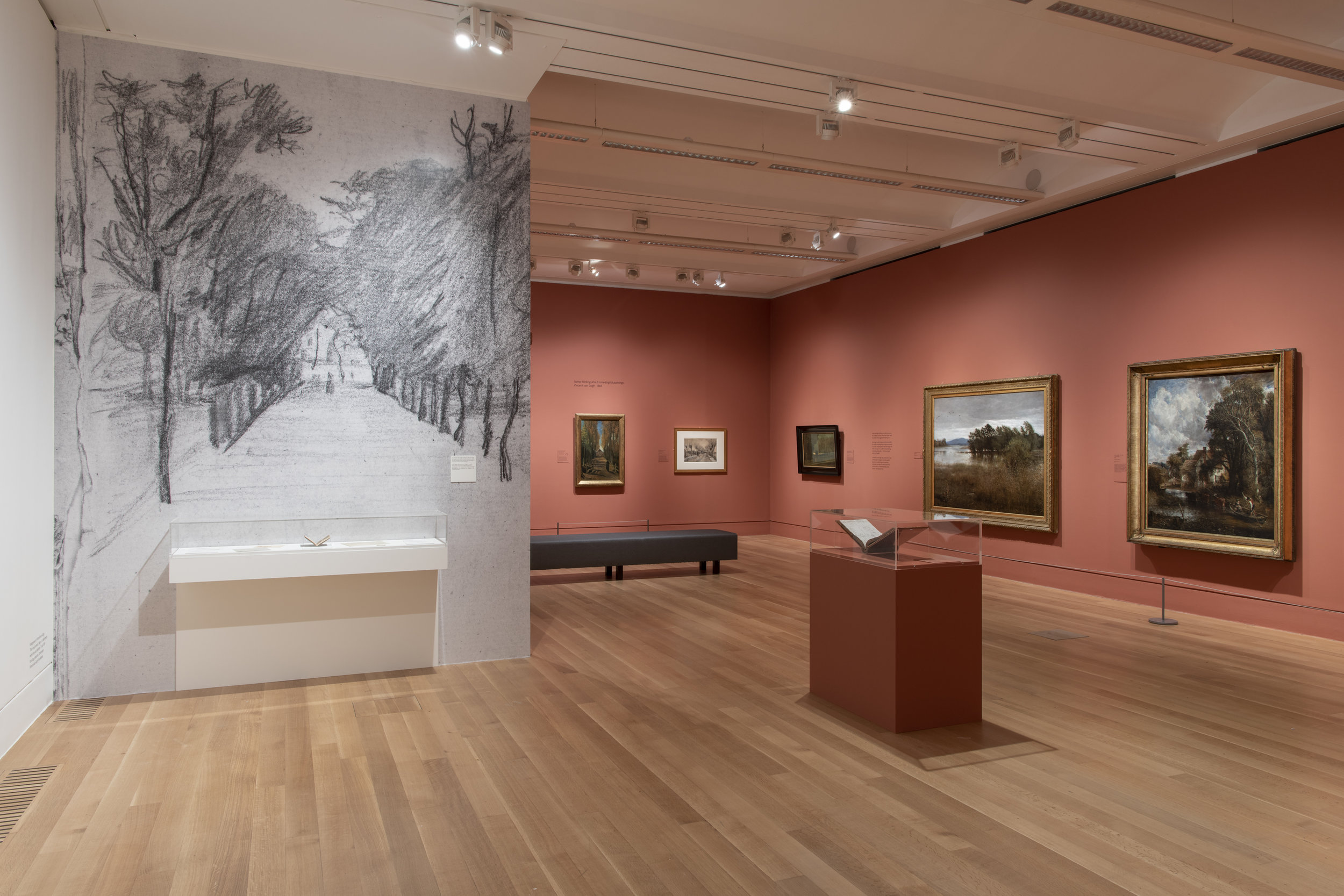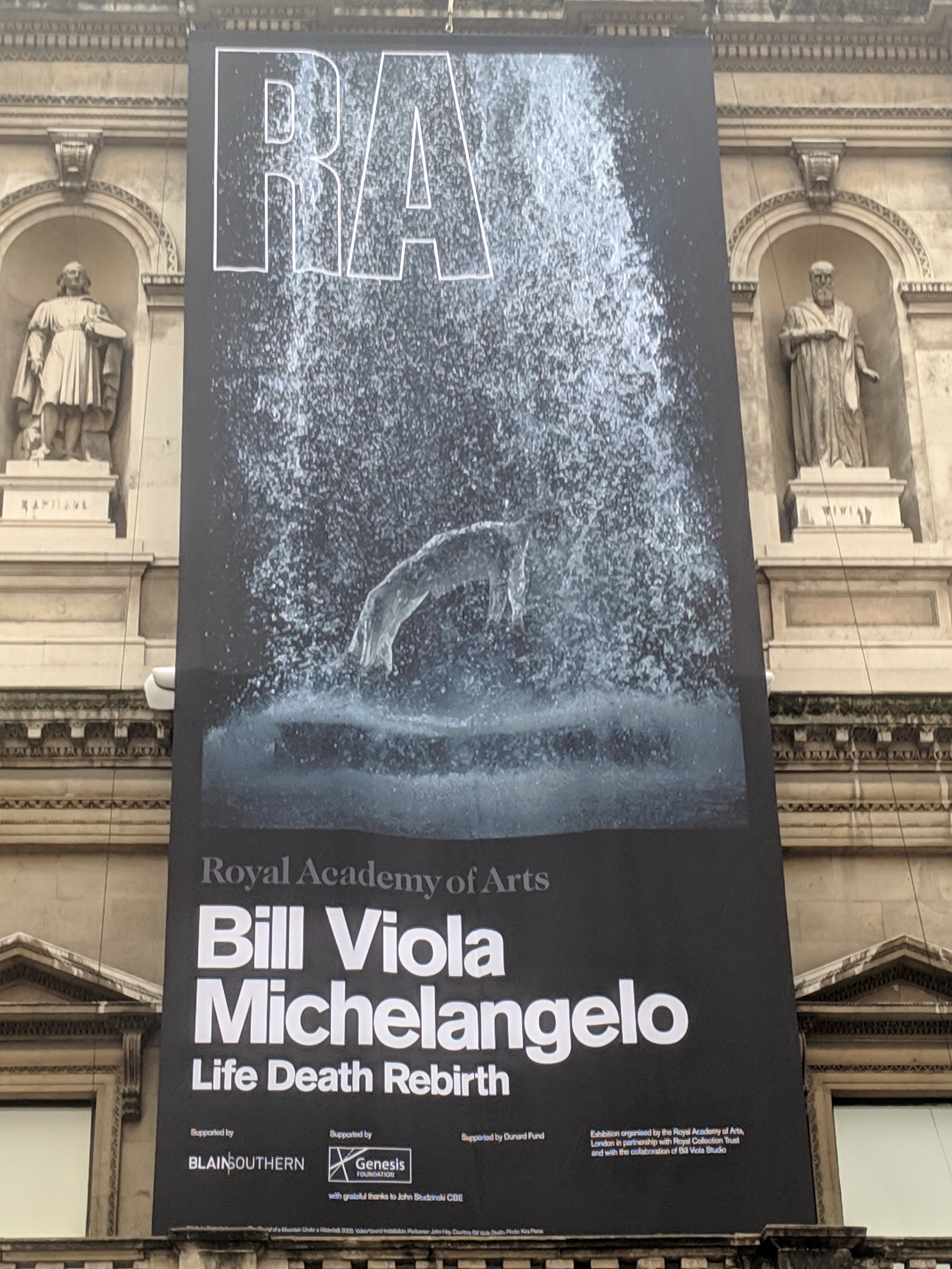Learning Lowry
Working on a school project with my 7 year old has been a great opportunity for me to learn more about an artist that, I have to confess, I knew relatively little about before: Laurence Stephen Lowry.
“Lowry painted stick men and factories,” she tells me one day on the walk home from school. With paint on her uniform she excitedly explains that it’s ok that some of her picture got smudged, “it now looks more abstract"! At home, I open her bag and see she has been asked to do an independent project all about Lowry. As an art historian, I am pleased to see her school is basing a topic around a painter, but I am also a little embarrassed as I know relatively little about him.
We start researching Lowry paintings and I am disappointed that not one of his northern working towns are on display in London. There is a self-portrait at the National Portrait Gallery which we go and look at. In it, Lowry has red eyes which my daughter immediately tells me is because he is sad. She is right. Lowry painted this work when his mother was dying. It is actually called ‘The Man with Red Eyes' and we read that he later added an inscription to the back; ‘The Artist aged 51’. We notice he looks rather smart if not a little scary and my daughter compares his tie to a factory chimney.
My daughter next to L.S. Lowry’s ‘The Man with the Red Eyes’ 1938
At home we continue our Lowry adventure by listening to the song ‘Matchstalk Men and Matchstalk Cats and Dogs’ over and over again whilst researching. Michael Coleman and Kevin Parrott’s folk tune, written 2 years after the artist’s death, is charming, heart felt and authentic, much like Lowry’s paintings. We learn about Lowry working as a rent collector by day, looking after his mother and then painting in his attic by night. His scenes of the industrial north are simple but truthful, populated by workers who are busy getting on with their lives. To me, Lowry remained true to his subject, technique and himself. We discover he used only 5 colours: ivory black, flake white, vermilion, yellow ochre and Prussian blue. We immerse ourselves further by watching ‘Mrs Lowry and Son’. We agree that he must have been a strong character to continue painting his England the way he wanted.
L.S. Lowry ‘The Mill, Pendlebury’ 1943
And then, bingo! Christies’ Modern British Art Evening Sale on 21 January 2020 includes a “Lost Lowry”.
https://www.bbc.co.uk/news/entertainment-arts-50889926
LOT 12, Laurence Stephen Lowry, R.A. ‘The Mill, Pendlebury’ belonged to Leonard D Hamilton. A scientist who played a key role in the discovery of the structure of DNA, he moved to America where the painting remained for more than 70 years until his death last summer. We head up for a viewing. And, wow, it’s the first painting we see after climbing the pristine staircase of the King’s Street auction house. Against a dark blue wall, Lowry’s white paint seems to almost effervesce and we start observing the matchstick people - it’s a Sunday and they are busy enjoying themselves: running, chatting, playing cricket, walking their dogs. We agree the painting is a little smaller than we imagined. Other people stop to look at the work: the staff are helpful and welcoming to everyone. My daughter makes her own notes and sketches. I feel very privileged to be looking at this painting and I know my daughter will probably remember this experience for years to come. We then head down to the cafe. Imagine our surprise when we see the backdrop to the cafe is a large reproduction of the very same painting! A few days later it’s reported that Lowry’s painted mill has sold for £2,651,250, exceeding all expectations.
The Cafe at Christie’s
Our Lowry journey has been both exciting and rewarding. We have witnessed him grieving, caught a glimpse at a lost painting, listened to a song inspired by the artist as well as watching a film about his relationship with his mother. Our discoveries will stay with me and my daughter forever. Lowry is alive for us even if the England he painted has changed completely.






























































































